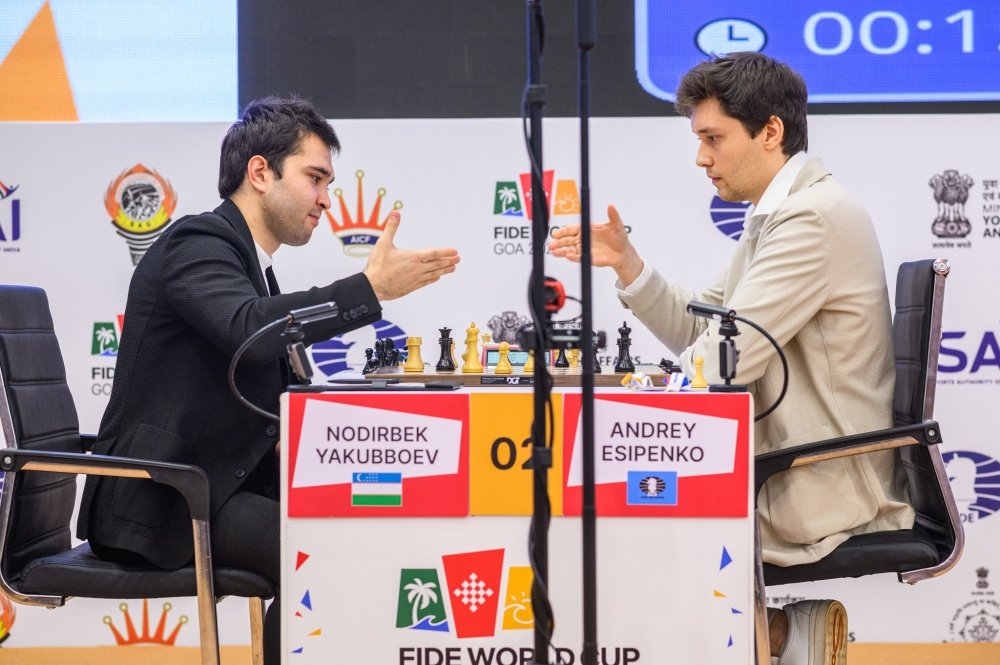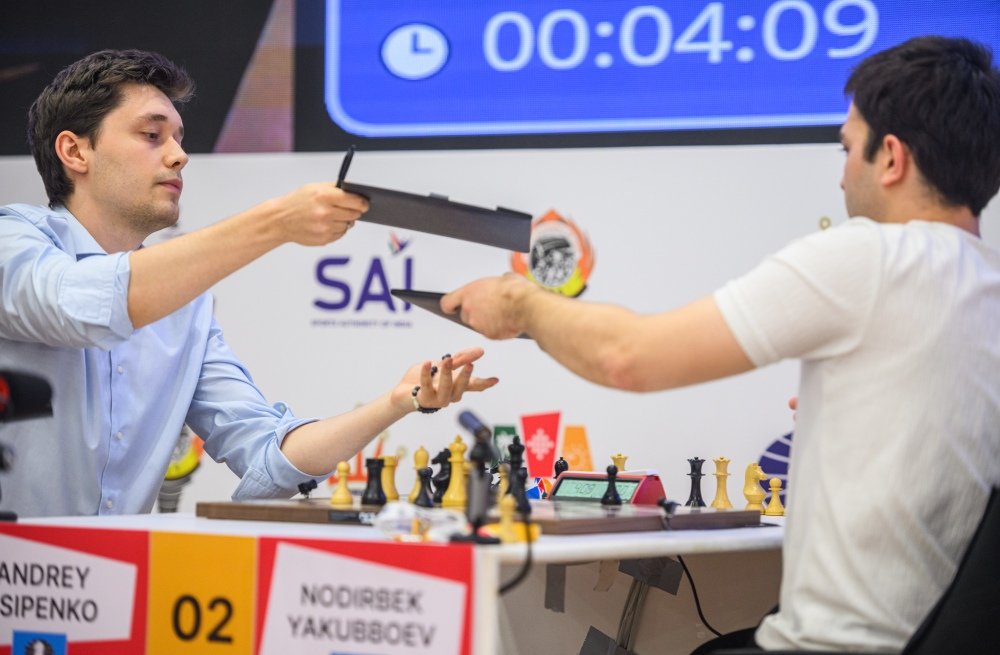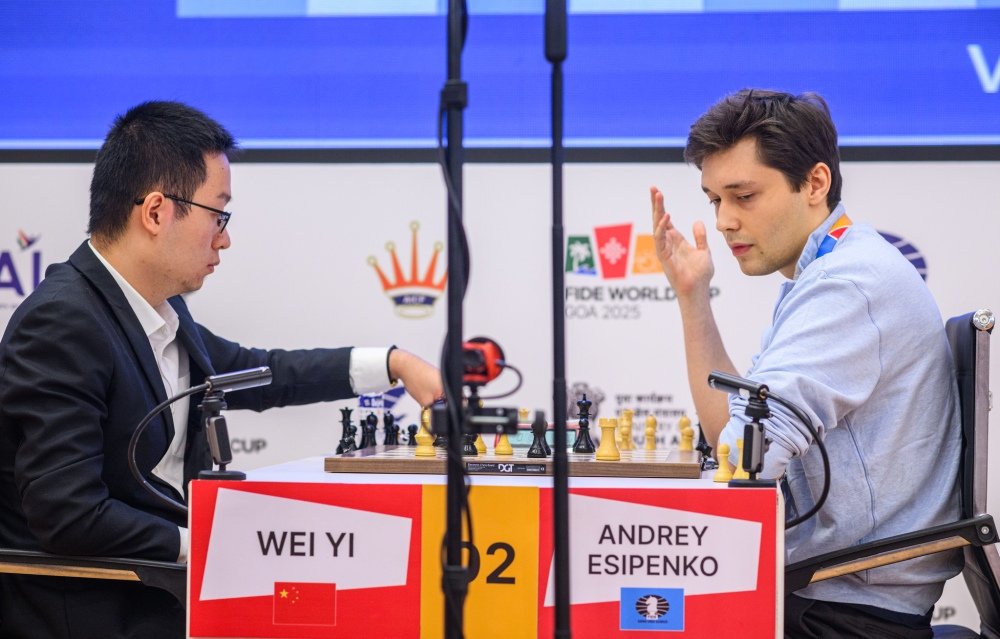
chessbrainz
Nov 26,2025
 0
0
 169
169
At ChessBrainz, we follow these final rounds closely because they show the discipline, maturity and decision-making that define champions. The penultimate day of the FIDE World Cup 2025 brought two contrasting stories: a calm, almost inevitable draw in the fight for the title, and a high-pressure victory in the battle for the final Candidates spot....

chessbrainz
Nov 25,2025
 0
0
 85
85
The final stage of the FIDE World Cup 2025 began today in Goa, marking the end of a grueling three-week journey for the four remaining players. At ChessBrainz, we follow these final rounds closely because they reveal the highest level of discipline, endurance, and strategic clarity qualities we aim to build in every student....

chessbrainz
Nov 24,2025
 0
0
 137
137
The FIDE World Cup 2025 semifinals concluded on the fastest day of the event so far. At ChessBrainz, we follow these final rounds closely because rapid tiebreaks show pure decision-making under stress, the ultimate test of a player’s strength....